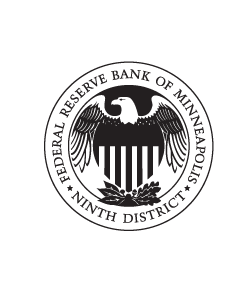 Narayana Kocherlakota is President of The Federal Reserve Bank of Minneapolis. He was the keynote speaker today at the Allied Executives Symposium & Business Expo for CEOs & Business Owners.
Narayana Kocherlakota is President of The Federal Reserve Bank of Minneapolis. He was the keynote speaker today at the Allied Executives Symposium & Business Expo for CEOs & Business Owners.
“No matter how bad things are, it could have been much much worse,” Kocherlakota said about the banking and mortgage crisis.
For the Fed, it may get worse. Congress is currently considering retracting some of the authority of the Federal Reserve. One of the greatest powers of the Fed is its ability to regulate risk with its own supervisory authority. This authority helps control quantity and allocation of liquidity. It was the use of these mechanisims that led to a 200,000% increase in loans to banks in 2008.
The purpose of these loans is to ensure insolvent firms fail and solvent firms survive. Today the fed can turn to its supervisory authority to make or withdraw such allocations. If that was taken away from the Fed, would the Fed be able to act in time to avert risks? The bigger problem is that today if the Fed gives a bad loan, it shows up on the Fed balance sheet. Under other terms, it would not have the same accountability, nor would a secondary regulatory authority.
It took the Fed two months to conduct the financial stress test. With less authority, how much longer would that test have taken?
Congress is thinking of keeping the authority over large banks, but not small banks. What’s to prevent small banks, collectively, being a disruptive force in the future?
An audience member asked, “Why should we trust the Fed after the events of the past two years?”
Kockerlakota said that the economy is on the mend–not as quickly as we’d all like, but inflation is under control and there are other hopeful signs. He noted that we need to be more concerned in the future with the gravity of incentives, which have a big impact on the effectiveness of regulations.



